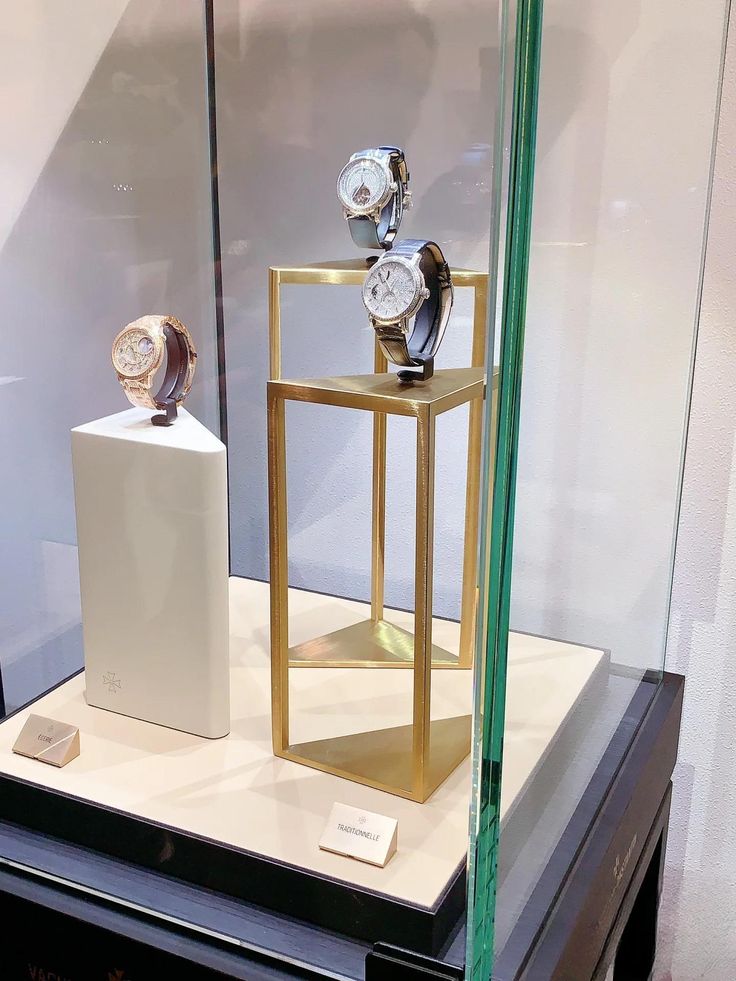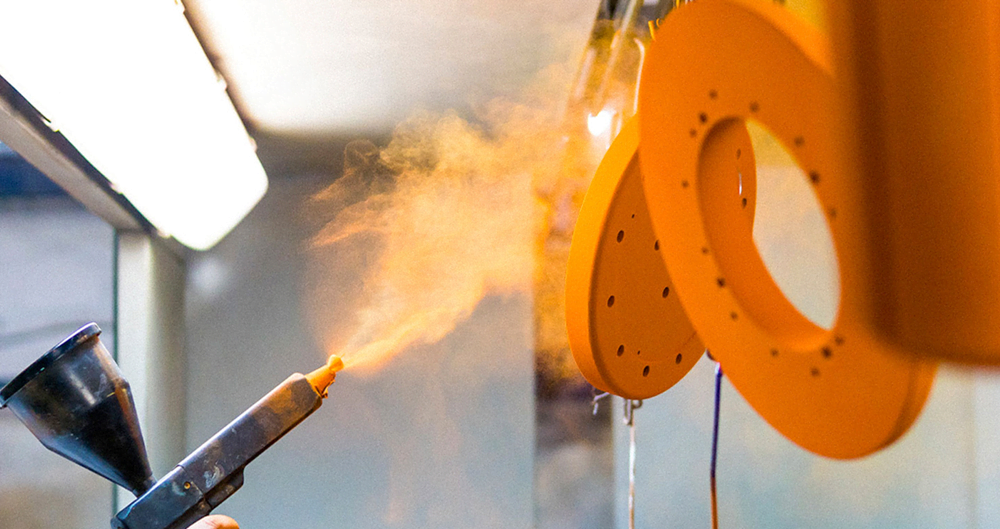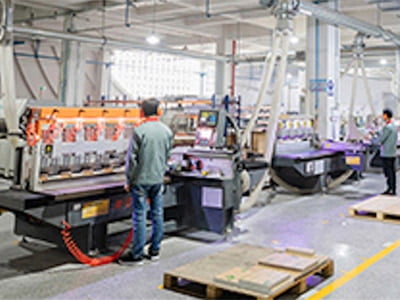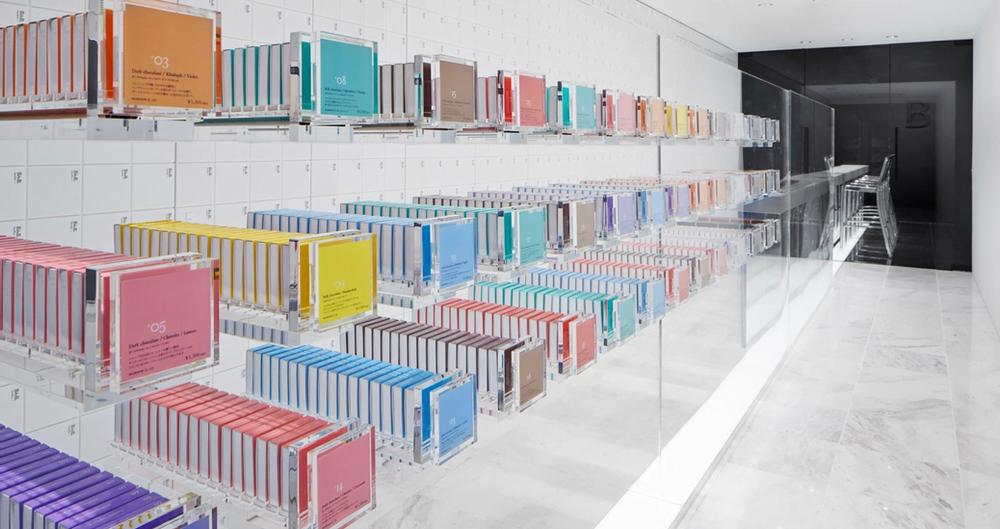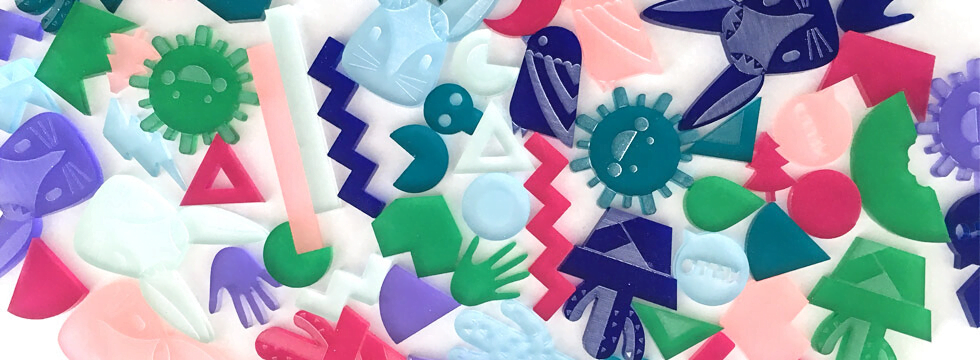Achieving the Perfect Balance of Strength and Portability in Your Retail Displays
By Yan Luo | Samtop Display
Table of Contents
Lightweight durable display units are essential for modern retail environments, combining strength with portability. Using the right combination of materials, construction techniques, and design elements can help achieve a display that is both easy to move and maintain, while still offering the necessary strength to hold products securely. Opting for innovative materials like composite wood, aluminum, acrylic, and foam core can reduce weight without compromising durability.
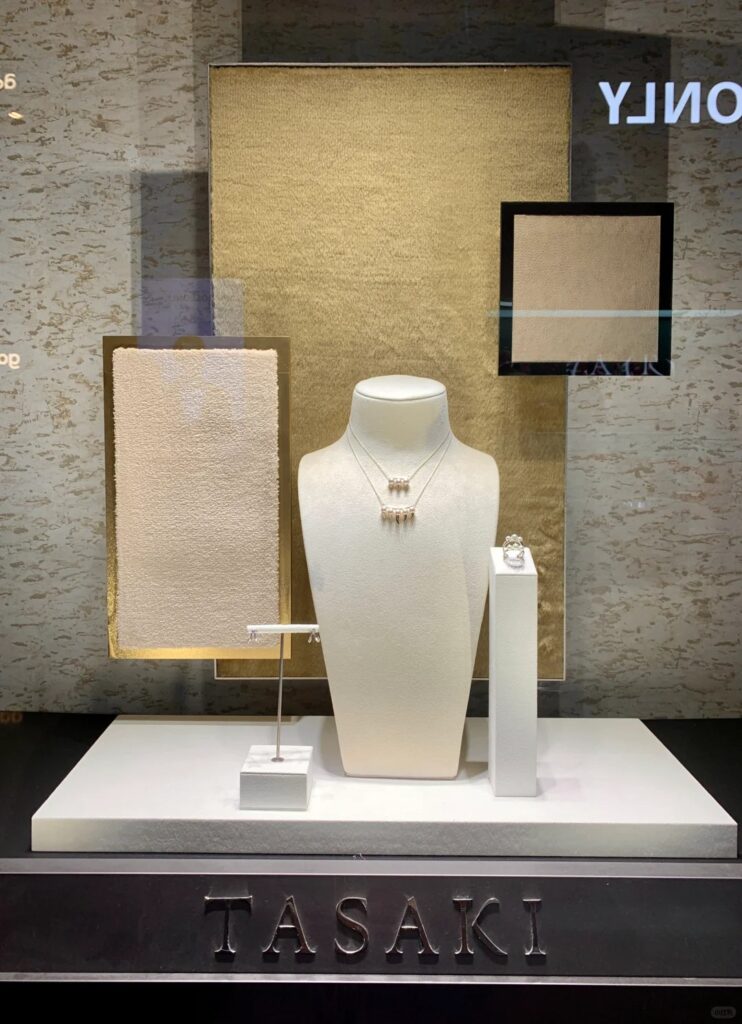
At Samtop, we specialize in designing custom retail displays that balance lightness, strength, and aesthetic appeal to create optimal solutions for your brand.
🌍 Key Tips for Creating Lightweight Yet Durable Display Units
1.Why Is It Important to Create Lightweight Yet Durable Displays?
In today’s fast-paced retail environment, displays need to be both functional and flexible. Retailers need displays that are easy to move, store, and maintain, while still providing enough strength to support the products. The challenge is finding materials that meet both criteria—lightweight and durable—without sacrificing aesthetics or practicality.
2.The Risks of Poorly Designed Displays
A poorly designed display can compromise both the customer experience and product safety. Displays that are too heavy can be difficult to transport, while displays that lack durability can lead to frequent replacements, increased costs, and an unstable retail environment. A balance between strength and portability is essential to ensure the longevity of your displays and maintain brand reputation.
3. Achieving the Right Balance Between Strength and Portability
At Samtop, we help you achieve the perfect balance of lightweight and durable displays. By using advanced materials and clever design techniques, we create displays that are both easy to transport and highly functional, ensuring they perform well over time while maintaining their visual appeal.
📊 Key Tips for Designing Lightweight Yet Durable Display Units
1. Choose the Right Materials for Lightweight Durable Display Units
The material you choose for your display unit directly impacts its weight and durability. There are several modern materials that are lightweight, durable, and cost-effective.
Ideal Materials for Lightweight, Durable Displays:
- Composite Wood (MDF, HDF): MDF and HDF offer good durability and stability while remaining relatively lightweight.
- Benefits: Versatile, cost-effective, and easy to work with.
- Considerations: Choose high-density variants for better strength and weight distribution.
- Aluminum: Aluminum is a lightweight metal that offers great strength and resistance to rust, making it ideal for frames and structural components.
- Benefits: Lightweight, durable, recyclable, and modern.
- Considerations: Can be more expensive, but provides a high-end feel.
- Acrylic and Polycarbonate: These transparent materials offer the visual appeal of glass but are much lighter and less prone to breakage.
- Benefits: Durable, impact-resistant, customizable.
- Considerations: Can scratch over time but can be treated for additional durability.
- Foam Core: Foam core is excellent for temporary or seasonal displays. It is extremely lightweight and cost-effective.
- Benefits: Extremely light and easy to cut.
- Considerations: Not ideal for heavy products or long-term use, but great for short-term displays.
Tip: Combine materials in a hybrid design. For example, use aluminum framing with MDF panels or foam core elements for a balance of strength and weight.
2. Use Structural Reinforcement Techniques
To create a lightweight yet durable display, reinforcement is key. Certain design techniques can provide additional support without adding unnecessary weight.
Reinforcement Methods:
- Cross-Bracing: Using diagonal or cross-braced elements in the design can provide structural integrity without the need for heavy materials.
- Honeycomb Panels: Incorporating honeycomb structures in acrylic or cardboard can significantly reduce weight while maintaining strength.
- Benefits: The honeycomb design distributes weight evenly, allowing you to use lighter materials without sacrificing durability.
- Interlocking Joints: Using interlocking joints (such as slots and tabs) can minimize the need for screws or adhesives, reducing overall weight.
Tip: Incorporate modular systems that allow for easy assembly and disassembly. This not only reduces weight but also improves transportation efficiency.
3. Minimize the Use of Solid Panels
Instead of using large, solid panels for structural elements, consider using perforated or open-frame designs. These designs reduce material usage while maintaining stability and strength.
Design Ideas:
- Perforated Panels: Using perforated panels made of metal or wood reduces material weight while still providing the necessary strength to hold products in place.
- Benefits: Reduced weight and better ventilation, ideal for light accents.
- Open-Frame Designs: Open or semi-transparent frames use minimal material but still provide necessary support for the display.
- Benefits: Airy, lightweight appearance with a strong framework.
Tip: Consider designs with floating shelves or cantilevered units, where the base supports the weight of the display, but the structure remains minimal.
4. Focus on Modular Designs for Flexibility
Designing modular displays allows for flexible use of lightweight materials. These displays can be assembled and customized in different ways, depending on the need, reducing waste and improving overall durability.
Benefits of Modular Design:
- Easy Assembly and Transport: Modular displays can be broken down into smaller, lightweight parts that are easy to transport and store.
- Reusability: Parts of the display can be reused in different setups, making the display system more sustainable and long-lasting.
- Adaptability: You can adjust or add modules depending on product size and display space.
Tip: Use snap-together components or clip systems that can be quickly reconfigured for different purposes. This minimizes the need for heavy construction materials.
5. Incorporate Lightweight, High-Durability Coatings
Once you’ve selected the materials for your display, apply durable coatings to maintain its appearance and longevity without adding significant weight.
Coating Options:
- Powder Coating: This coating is applied to metal surfaces and offers a durable finish without adding extra weight.
- Benefits: Resistant to scratches, chips, and fading.
- UV-Coated Films: UV-resistant films can be applied to acrylic or plastic displays to protect them from the sun’s harmful rays without adding bulk.
Tip: Choose environmentally friendly coatings that are free from harmful chemicals, promoting both durability and sustainability.
6. Consider the Weight Distribution of Your Display
When designing a display unit, consider how weight is distributed across the structure to maintain stability without increasing the material weight.
Tips for Balanced Weight Distribution:
- Center of Gravity: Place the heaviest components near the bottom to prevent tipping.
- Balanced Frame: Design the frame with symmetry to ensure even weight distribution.
Tip: For tall displays or freestanding units, consider wide bases to ensure stability without adding excessive weight.
💬 FAQ
Q1: How can I make sure my lightweight durable display units are still strong?
✅ Use reinforced structures, like honeycomb panels or cross-bracing, and select high-quality materials like metal or recycled wood that are both strong and lightweight.
Q2: Are modular displays really cost-effective?
✅ Yes, modular displays offer great flexibility. They reduce the need for large quantities of materials and allow for reuse in different configurations, making them cost-effective in the long run.
Q3: What is the best material for a lightweight yet durable retail display?
✅ Aluminum and composite wood (MDF or HDF) are excellent choices. Acrylic is another good option for clear displays, as it’s lightweight and strong. Combine materials for the best balance.
Q4: How can I reduce the weight of a display without compromising on design?
✅ Focus on minimalist designs, use perforated panels, and incorporate modular elements to keep the design lightweight and functional while still looking appealing.
✅ Conclusion: Balancing Lightweight Design with Durability
✔️ Choose lightweight, strong materials like aluminum, composite wood, and acrylic to reduce weight while maintaining strength.
✔️ Use reinforced design techniques, such as cross-bracing and honeycomb structures, to improve durability without adding unnecessary weight.
✔️ Consider modular, reusable designs to optimize material usage and make the display system adaptable for future projects.
Designing lightweight durable display units ensures flexibility, portability, and strength for modern retail needs. Learn more about retail display sustainability best practices
📩 Need Help Designing Your Lightweight Yet Durable Display?
At Samtop, we:
- Provide lightweight, durable display solutions tailored to your needs
- Help you choose the best materials and designs for a balance of weight and durability
- Offer customized modular display options to enhance flexibility and reduce material waste
📧 Email: [email protected]
🌍 Website: www.samtop.com
